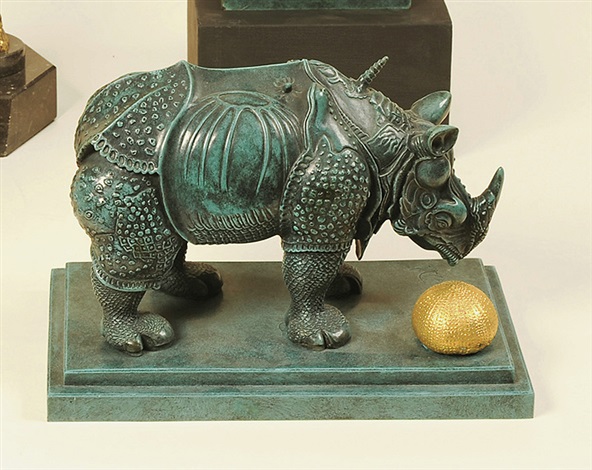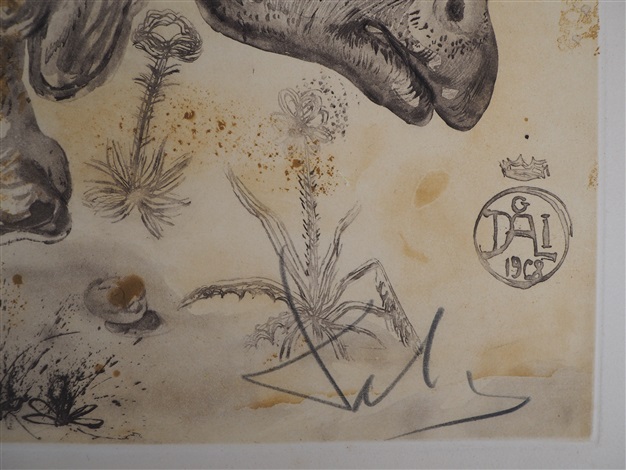

This interpretation suggests that Dalí was incorporating an understanding of the world introduced by Albert Einstein's theory of special relativity. As Dawn Adès wrote, "The soft watches are an unconscious symbol of the relativity of space and time, a Surrealist meditation on the collapse of our notions of a fixed cosmic order". It epitomizes Dalí's theory of "softness" and "hardness", which was central to his thinking at the time. The well-known surrealist piece introduced the image of the soft melting pocket watch. It is widely recognized and frequently referred to in popular culture, and sometimes referred to by more descriptive titles, such as "Melting Clocks", "The Soft Watches" or "The Melting Watches". First shown at the Julien Levy Gallery in 1932, since 1934 the painting has been in the collection of the Museum of Modern Art (MoMA) in New York City, which received it from an anonymous donor. The Persistence of Memory ( Catalan: La persistència de la memòria) is a 1931 painting by artist Salvador Dalí and one of the most recognizable works of Surrealism.

For other uses, see The Persistence of Memory (disambiguation). Please view our other listings for an amazing selection of sculptures, paintings, works on paper, editions and other small antiques.This article is about the painting by Salvador Dalí. Premium shipping available through DHL Express upon request. Standard shipping is by national post as registered mail. The Surrealist impulse to tap the unconscious mind, and their interests in myth and primitivism, went on to shape many later movements, and the style remains influential to this today. Leader André Breton was explicit in his assertion that Surrealism was, above all, a revolutionary movement. Surrealist works feature the element of surprise, unexpected juxtapositions and non sequitur however, many Surrealist artists and writers regard their work as an expression of the philosophical movement first and foremost, with the works being an artifact. Its aim was to "resolve the previously contradictory conditions of dream and reality into an absolute reality, a super-reality". Influenced also by Karl Marx, they hoped that the psyche had the power to reveal the contradictions in the everyday world and spur on revolution.Īrtists painted unnerving, illogical scenes with photographic precision, created strange creatures from everyday objects and developed painting techniques that allowed the unconscious to express itself. Disdaining rationalism and literary realism, and powerfully influenced by psychoanalysis, the Surrealists believed the rational mind repressed the power of the imagination, weighting it down with taboos. The Surrealist artists sought to channel the unconscious as a means to unlock the power of the imagination. The artwork appears to have a gallery stamp on verso, or it may be the name of the previous collection and a collection reference number next to it. The colors are vibrant in nicely toned contrasts. The painting falls to the early Surrealist era where imaginary subjects been composed into the classical realist paintings, thus creating a bridge between conscious and unconscious mind. The painting appears as a study for one of Salvador Dali’s larger paintings. Offering a remarkable oil, tempera, graphite and gouache painting of a Surreal rhinoceros placed in landscape. The artwork is offered as after the artist, sold as is. The painting has a reference number marked on verso, which in our opinion belong to the previous collections this artwork was part of. The painting is baring signature "Dali", in the lower left and verso. Condition: as pictured, aging, no restoration required.


 0 kommentar(er)
0 kommentar(er)
